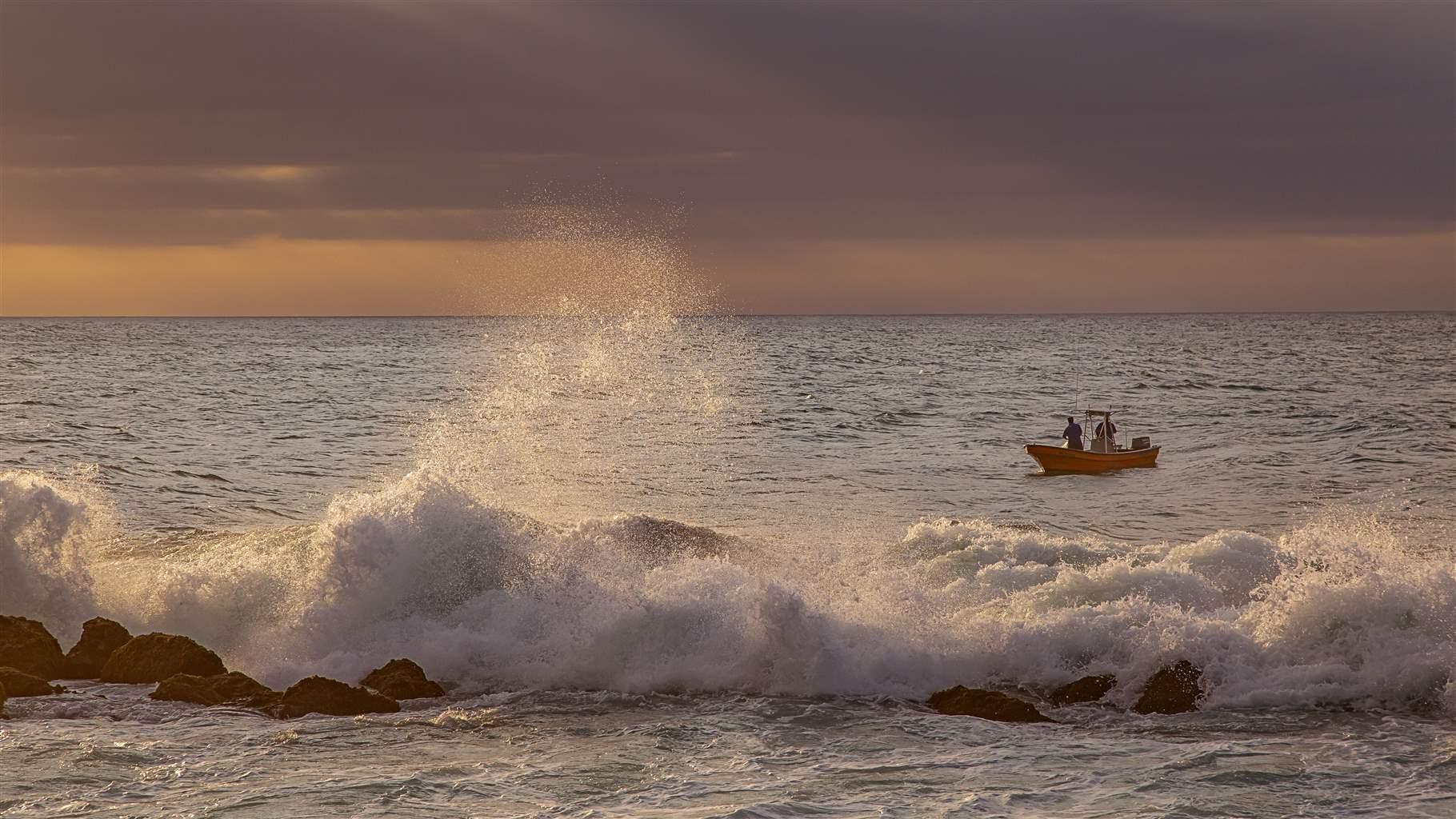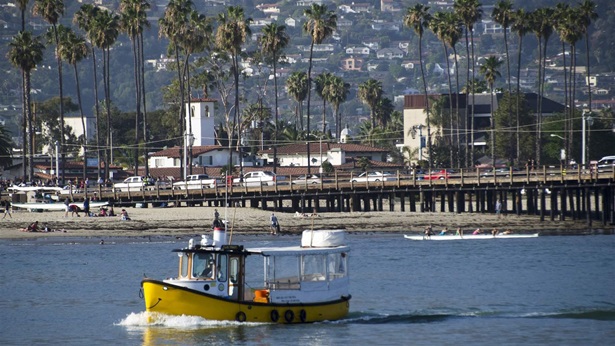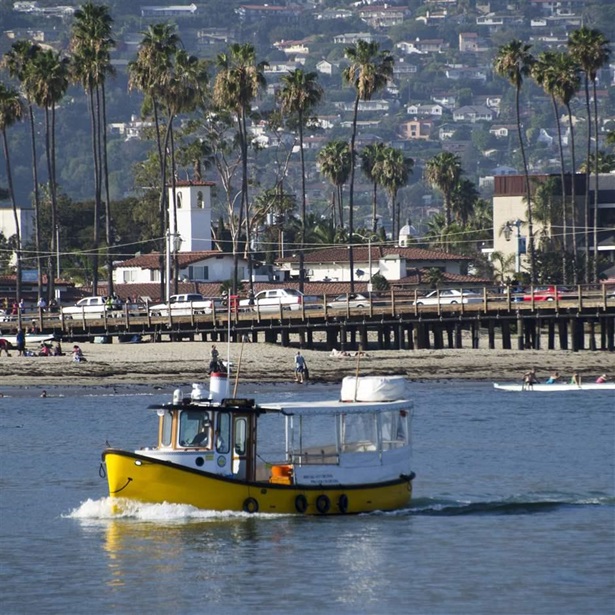In U.S. Caribbean, New Fishery Plan Would Help Marine Life—and People
Comprehensive ecosystem approach is intended to address threats to fish and corals

Stakeholders in the U.S. Caribbean agree that changing ocean conditions and poor water quality put fish and corals at risk, posing threats to businesses, tourism, and the ecosystem.
Those concerns are a common theme in ongoing workshops, sponsored by the Caribbean Fishery Management Council, that are designed to involve fishers, coastal businesses, conservation organizations, scientists, and others in guiding fishery policy and rules.
As part of that effort, the council is developing a big-picture plan for managing fish and fishing. Known as a fishery ecosystem plan, the guide will build on other actions the council has taken in recent years to tailor fishing rules to each island group (Puerto Rico, St. Thomas/St. John, St. Croix) and adopt a fishery management approach that considers ecological, economic, social, and other factors.
So far during the workshops, which will conclude this summer, about 300 stakeholders have highlighted natural assets—such as corals and mangroves—that they felt were the most valuable and identified factors that can affect those resources, such as pollution or hurricanes. Council staffers are creating conceptual models that will analyze the complex relationships—among marine life, habitat, and local communities—that occur in the ecosystem. Those tools will help identify actions that should be taken to better protect valuable assets from threats while also considering the social, cultural, and economic impacts of policies.
As part of the new plan, council members also are considering public input as they set up ways to monitor key parts of the ecosystem to ensure managers can act in time to avert trouble. For example, these indicators can help the council determine how rising water temperature could affect a fish population, such as changes in spawning seasons. Then the council could adjust existing seasonal fishing closures.
Workshop participants so far have generally agreed that improved fishery management can help address impacts on fish populations from problems such as erosion and poor water quality. They also believe that better public education is warranted so people understand why certain fishing rules can help both the marine environment and the people who depend on it.
Public input is a key part of a successful fishery ecosystem plan, and the council will have engaged a wide variety of stakeholders before finishing the plan. The work is an important step toward ensuring a robust marine environment that can support fishing, tourism, and coastal economies for generations to come.
Yasmin Vélez-Sánchez is a manager and Orian Tzadik is an officer with The Pew Charitable Trusts’ project to conserve marine life in the United States.














